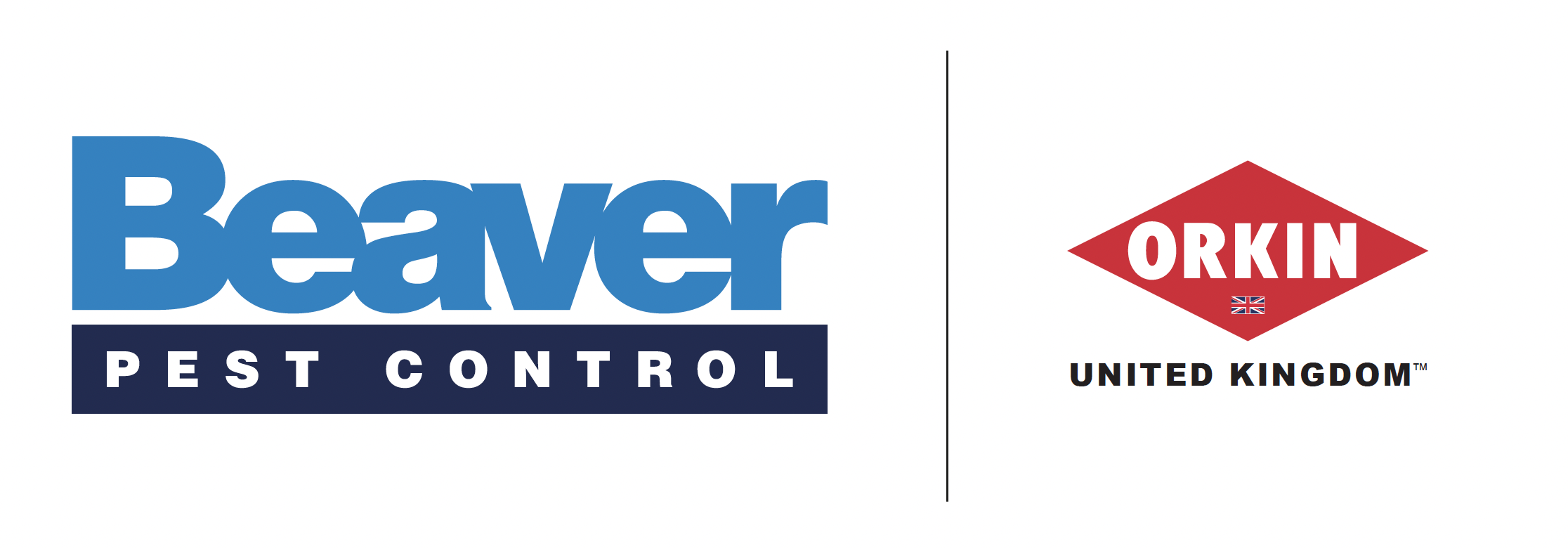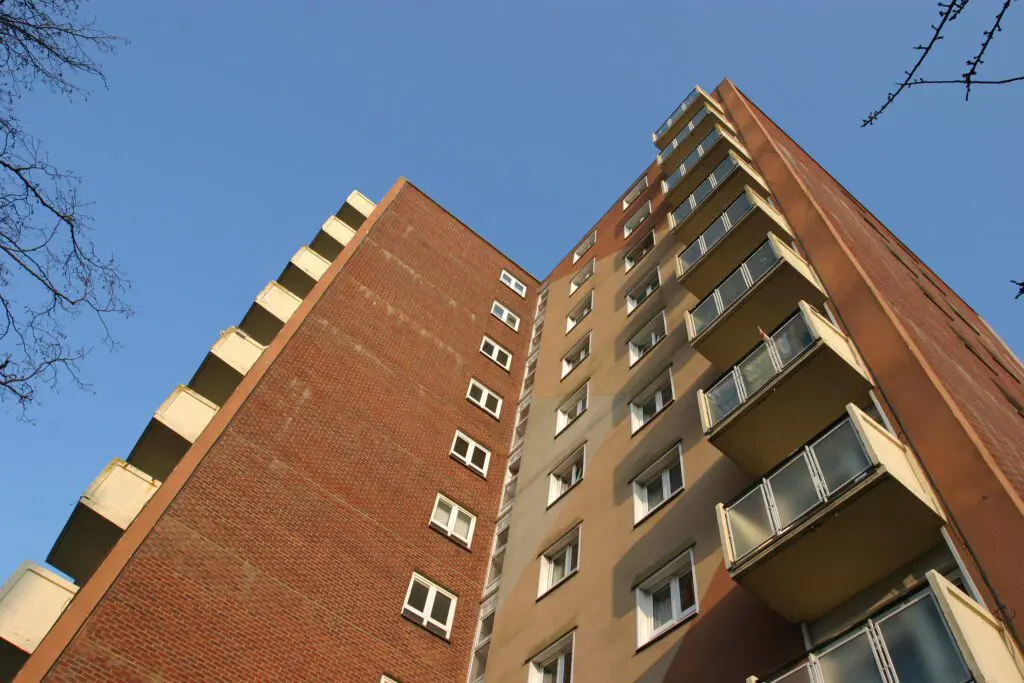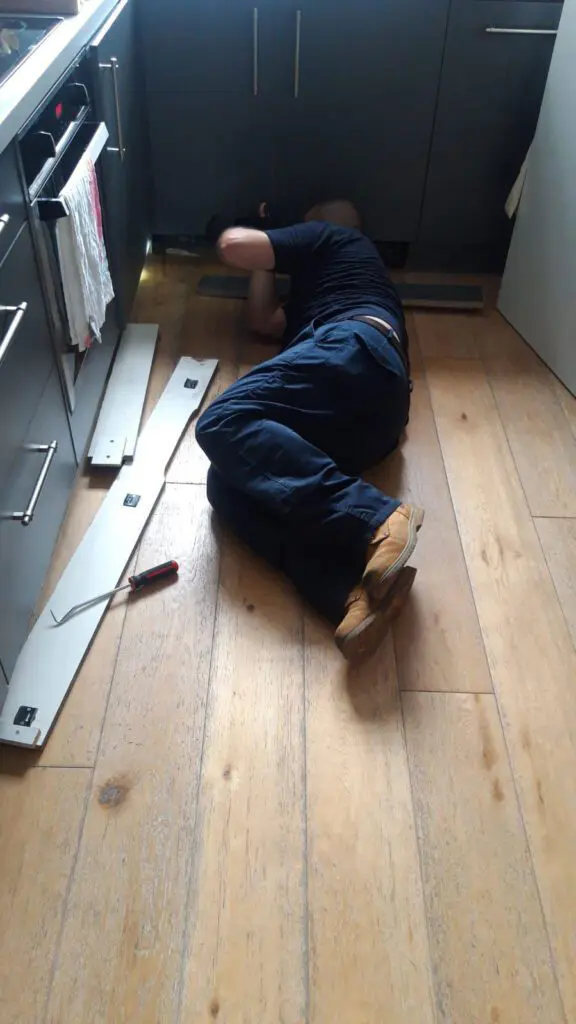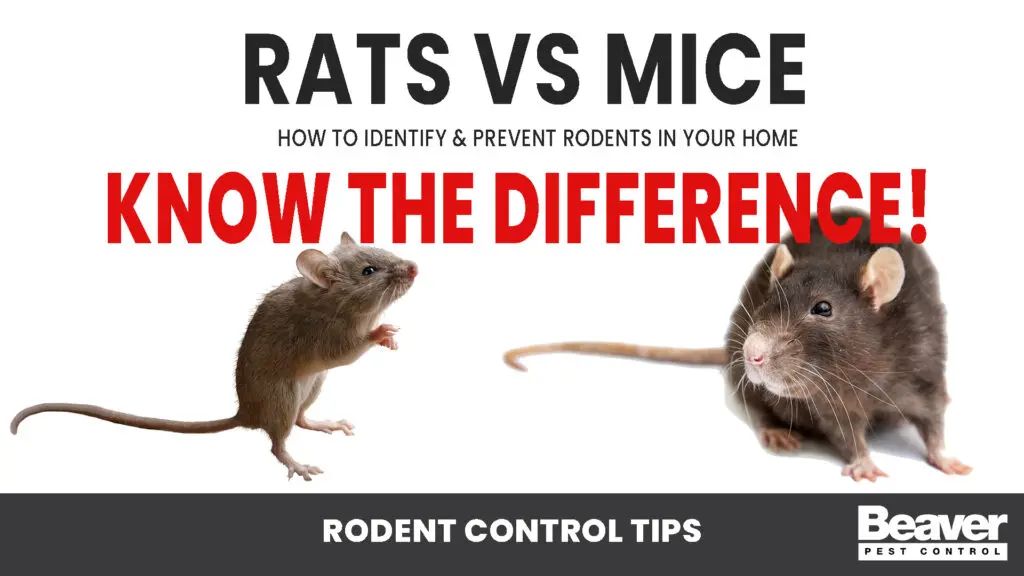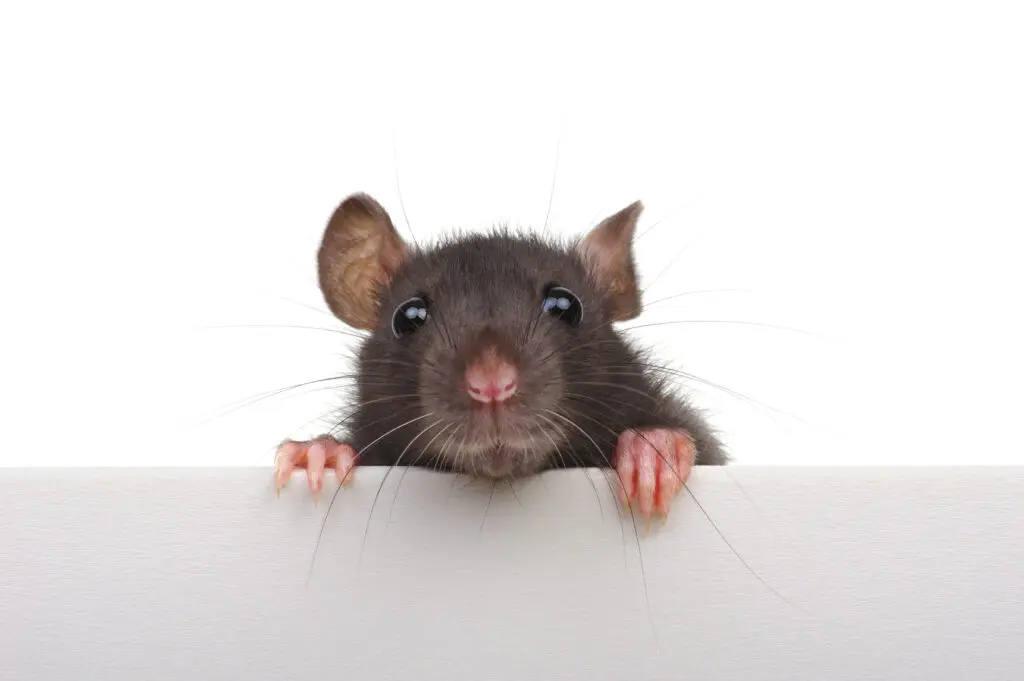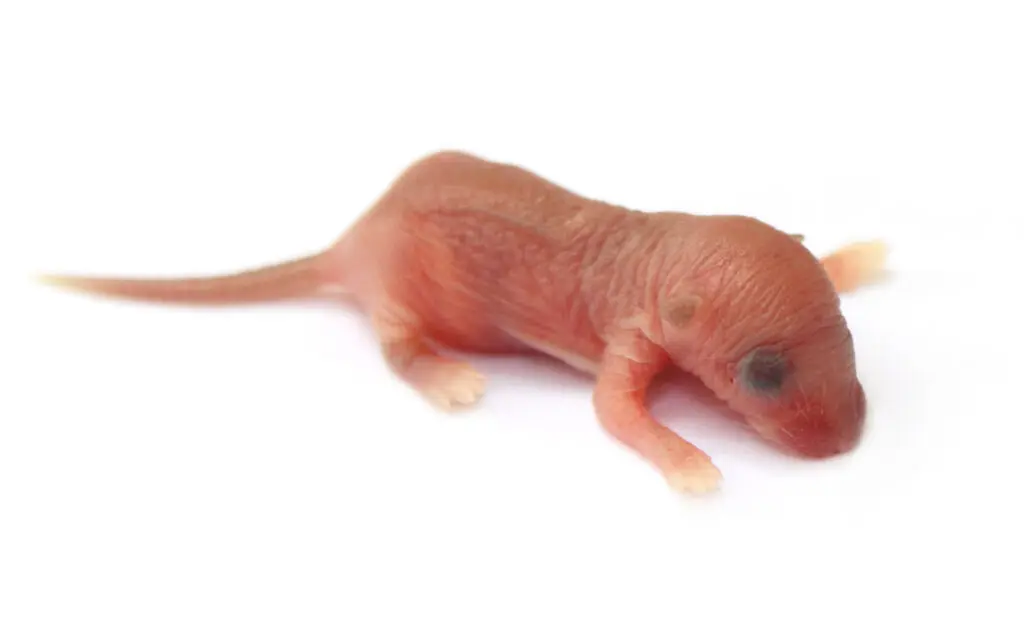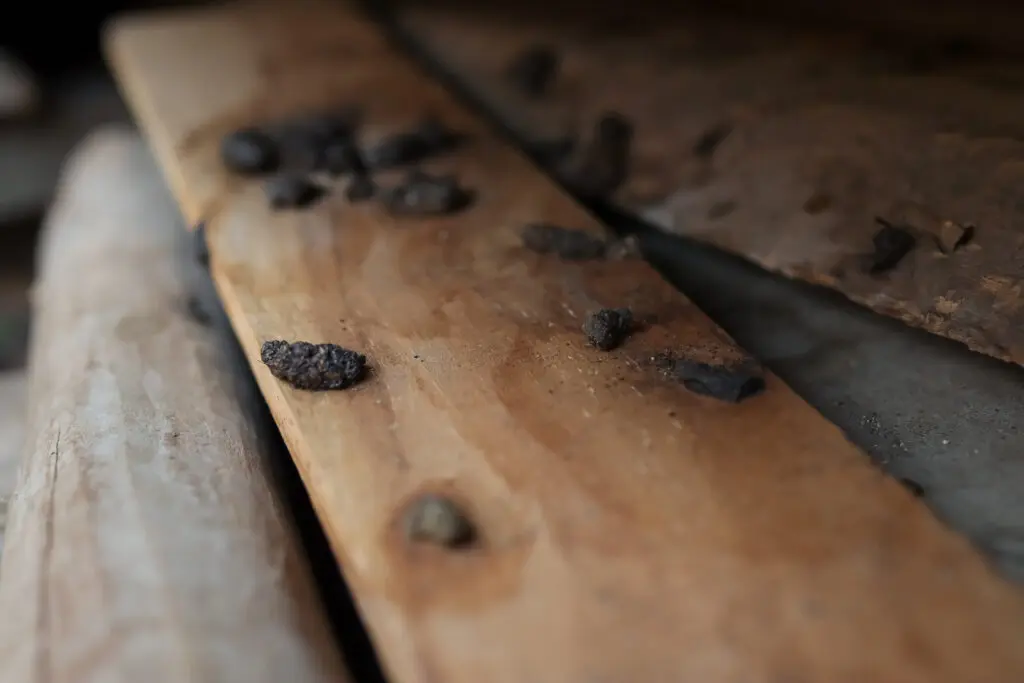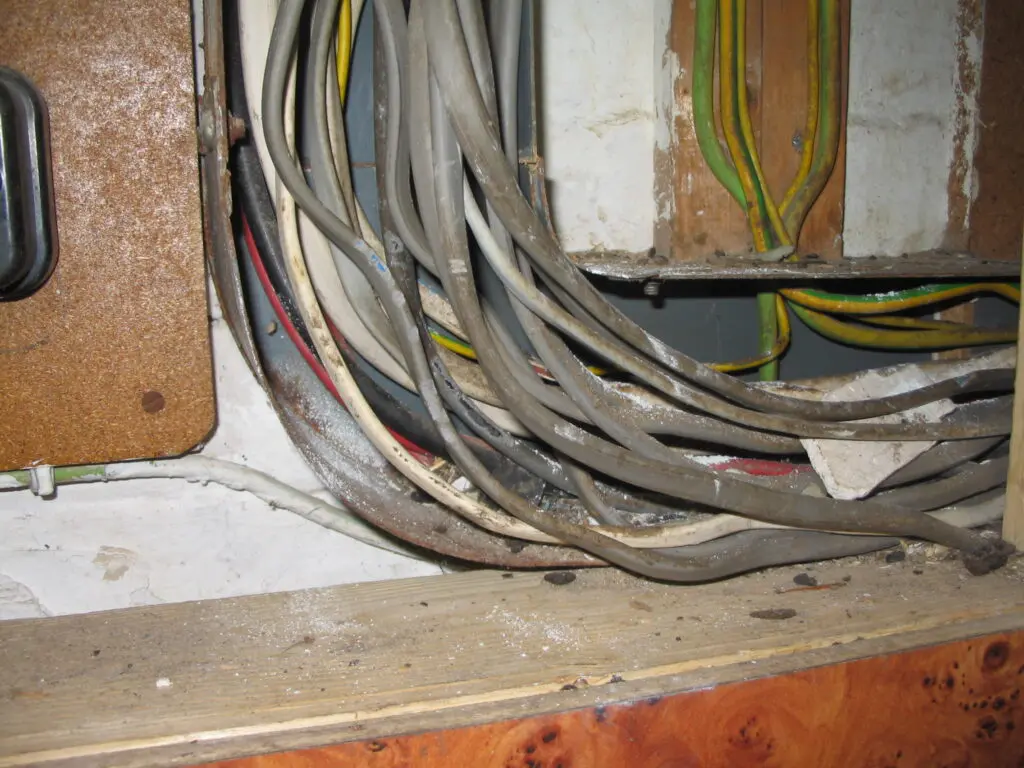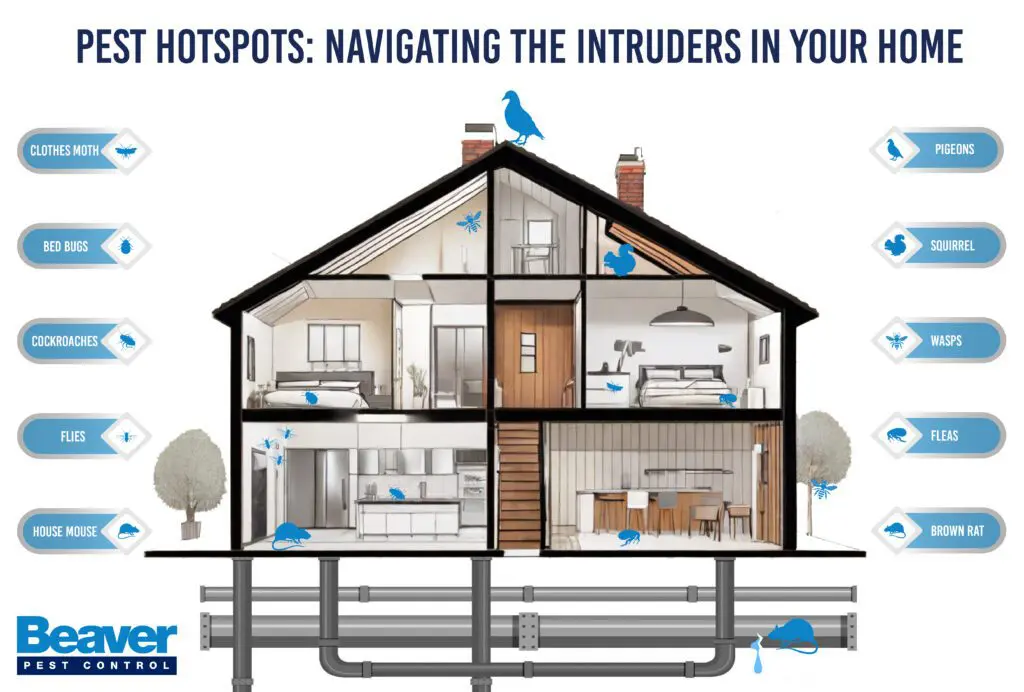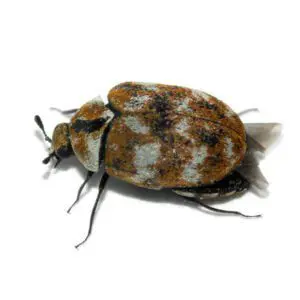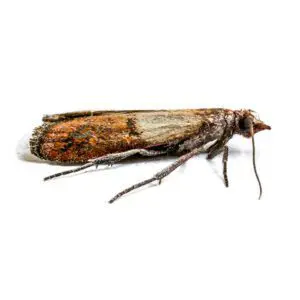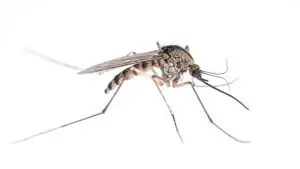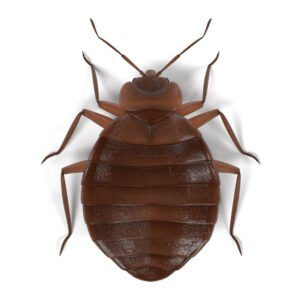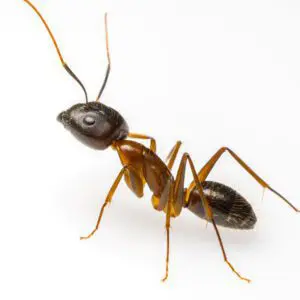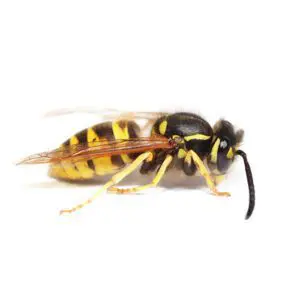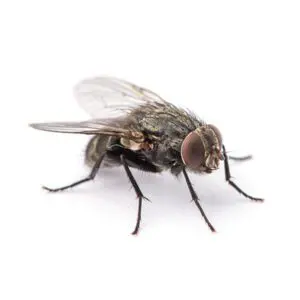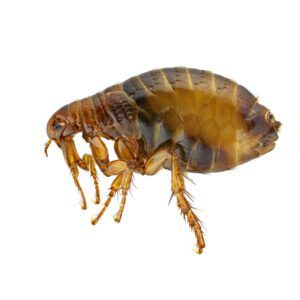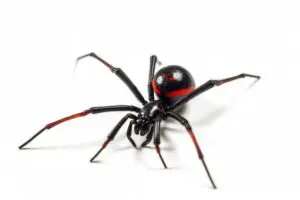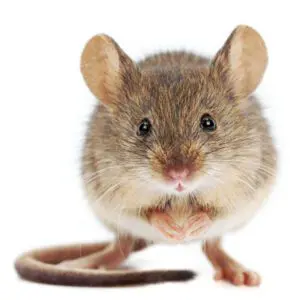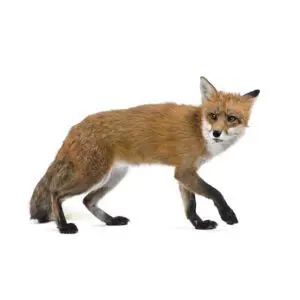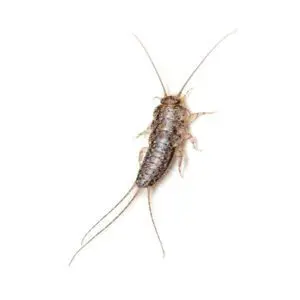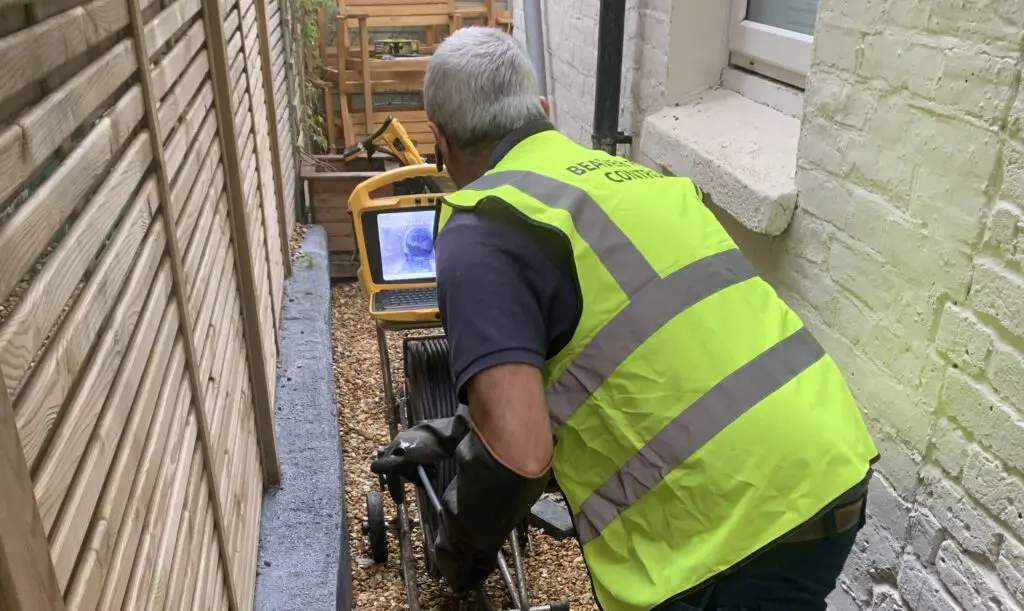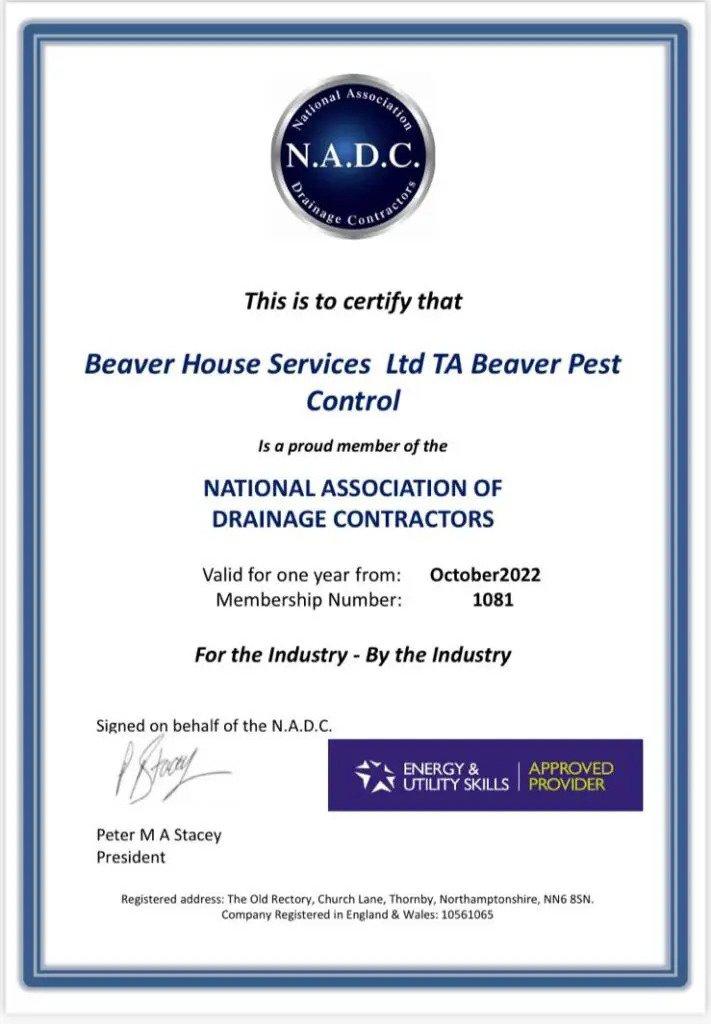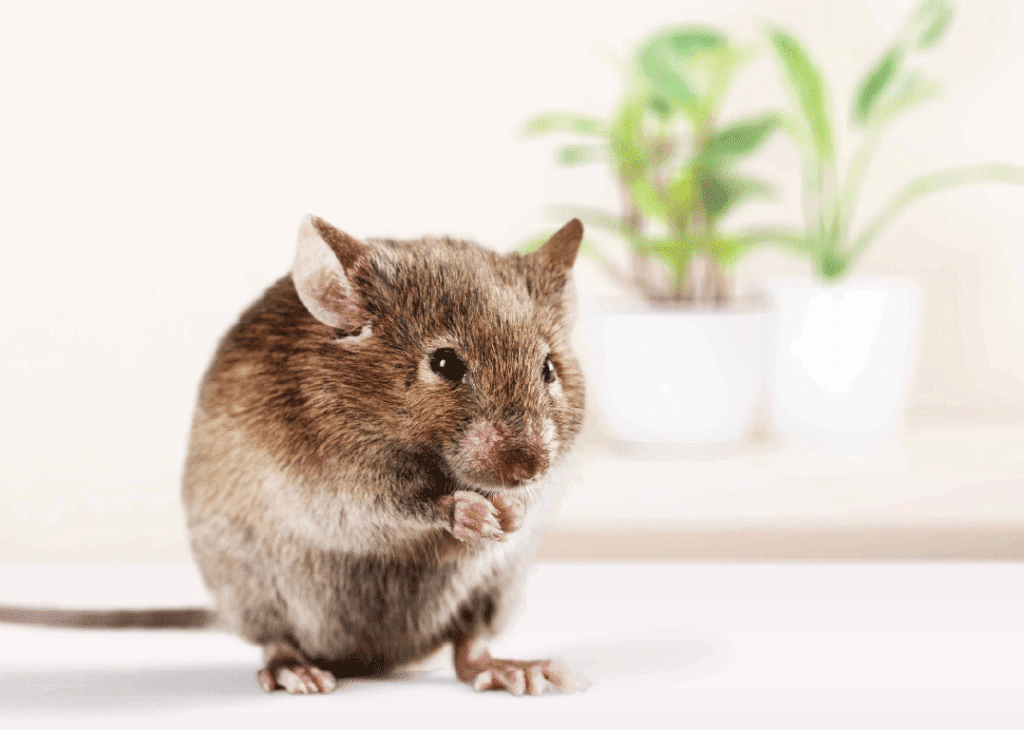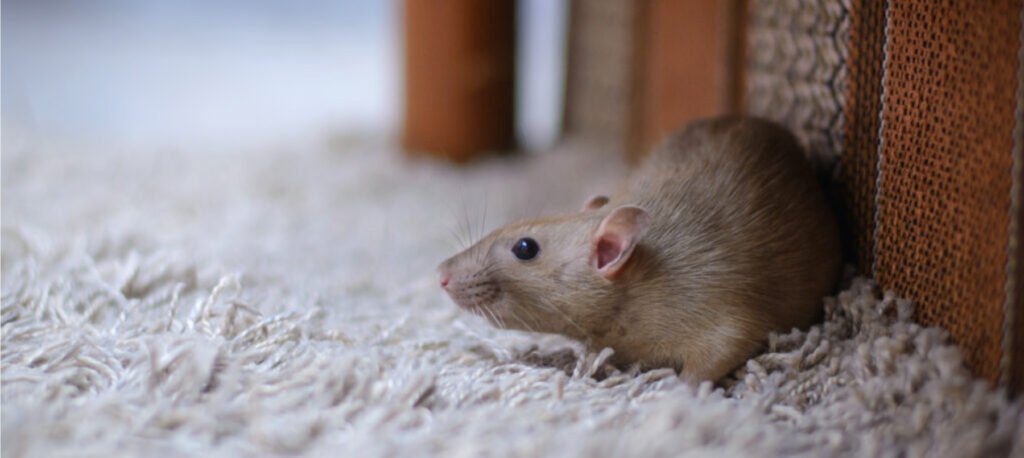Tenant Rights and Rat Infestation in the UK: Who’s Responsible?
Discovering a rat infestation in your rented home is more than just unpleasant—it can be a serious health risk. But when pests invade, who’s actually responsible for dealing with the problem: you or your landlord?
If you’re renting in the UK, understanding your rights and obligations when it comes to pest control is essential. Let’s break it down.
Is the Landlord Responsible for Pest Control in the UK?
In most cases, yes, the landlord is responsible for dealing with infestations—especially if the problem was present before you moved in, or if it’s due to the structure or condition of the property.
Under the Landlord and Tenant Act 1985, landlords must ensure that the property is fit for human habitation. This includes being free from serious health hazards like rats, mice, and other vermin.
When Might the Tenant Be Responsible?
As a tenant, you also have responsibilities:
- If poor hygiene or waste buildup in your home has caused the infestation, the landlord may argue that you’re responsible.
- If rats appear after you’ve been living there for a while and the cause is traced to how the home is being maintained, you may need to cover the cost of pest control.
Check your tenancy agreement—it may outline specific responsibilities regarding pest issues.
Common Scenarios and Who’s Responsible
| Scenario | Likely Responsible |
|---|---|
| Rats due to building disrepair (e.g., holes in walls) | Landlord |
| Rats present when tenant moves in | Landlord |
| Infestation due to tenant’s waste or cleanliness | Tenant |
| No clear cause | Often Landlord (depends on inspection) |
How to Handle a Rat Infestation
- Report it immediately to your landlord or letting agent in writing.
- Take photos or videos as evidence of the infestation.
- Contact your local council if your landlord fails to act.
What If Your Landlord Doesn’t Take Action?
If your landlord ignores the issue, you can:
- File a complaint with the local council.
- Consider contacting Citizens Advice for support.
- In severe cases, you may be able to arrange pest control yourself and deduct the cost from rent—but this must follow proper legal procedures. Always seek legal advice first.
Final Thoughts
Rats and other pests aren’t just a nuisance—they’re a legal and health concern. UK law generally supports tenants when infestations are due to the condition of the property. But both landlords and tenants have a role to play in preventing and addressing issues quickly.
If you’re facing this situation, document everything, act swiftly, and don’t hesitate to seek advice.
Helpful Resources:
